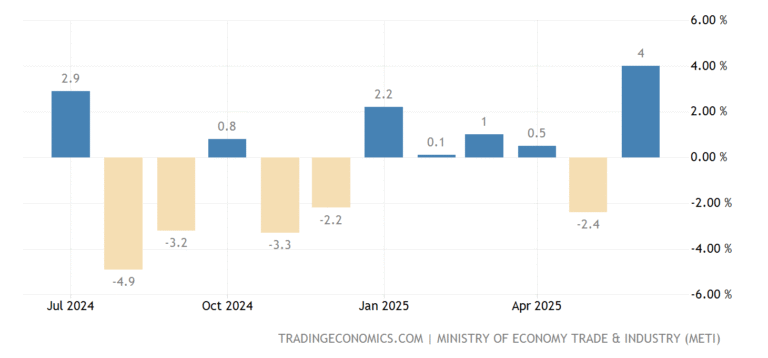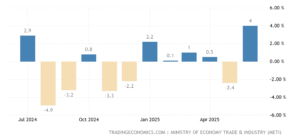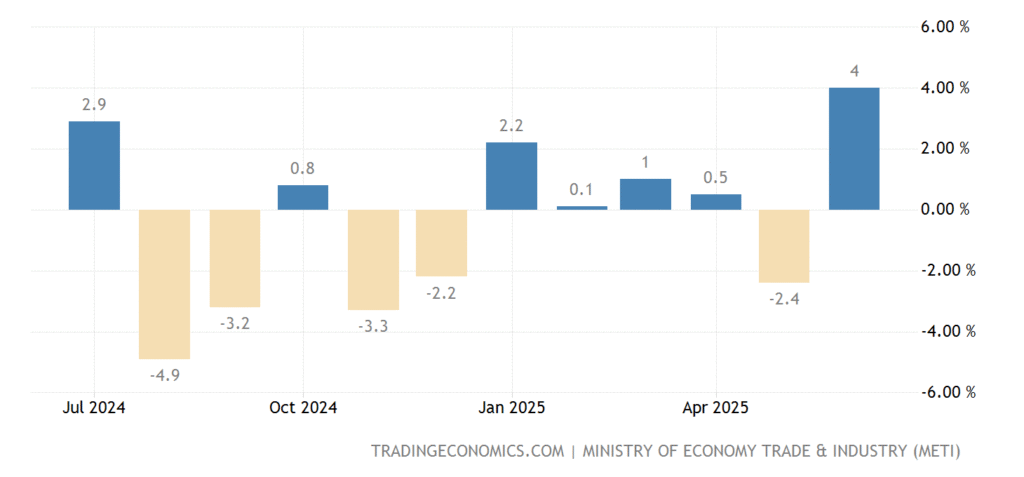Amid a spike in crypto-related phishing threats this February, a leading cryptocurrency exchange successfully intercepted a sweeping phishing campaign aimed at compromising the credentials of approximately 200,000 of its users—blunting what could have been a massive security breach.
Phishing Epidemic in the Crypto Sphere
Crypto exchanges are facing a surge of increasingly sophisticated phishing attacks. Cybersecurity firm CertiK confirms that phishing scams were behind nearly half of all crypto-related losses in 2024—one of the most damaging categories of digital crime. In February alone, exchanges and platform users worldwide endured a wave of deceptive recovery-phrase campaigns, fake wallet setups, and fraudulent urgent communications.
How This Campaign Unfolded
The scheme reportedly involved spear-phishing emails that mimicked official communications from the exchange—claiming to issue an urgent security update or regulatory compliance requirement. Users were urged to download “new” wallet software and enter provided seed phrases, handing attackers full control over their accounts. In one variant, scammers referenced legal developments to add urgency—a tactic previously exploited in attacks targeting Coinbase and Gemini.
However, this particular campaign was detected early thanks to the exchange’s advanced anti-phishing protocols. Behavior-based anomaly detection flagged an unusually large number of click-throughs and seed-phrase entries within a short timeframe. The exchange successfully blocked any further user interaction with the malicious links and initiated emergency account protections—including freezing suspicious logins and prompting mandatory password resets.
No Reported Losses — A Security Win
As of February 16, users have not reported any direct losses, according to the exchange’s security bulletin. This contrasts starkly with recent months: between December 2024 and January 2025, investigators attributed at least $65 million in social-engineering scam losses to users of a major U.S. exchange, as revealed by blockchain sleuths like ZachXBT.
Still, even in February, phishing remained costly. Binance reports losses from crypto scams, exploits, and hacks totaling nearly $1.53 billion—though the vast majority stemmed from the massive Bybit hack attributed to North Korea’s Lazarus Group. Phishing accounted for around $1.8 million of those February losses.
Lessons From The Front Lines
This thwarted campaign underscores two vital takeaways for the crypto industry:
- Technology Matters — but So Does Vigilance
Platform-level use of phishing-resistant measures—like two-factor authentication, anti-phishing codes, and behavioral monitoring—can stop attacks dead in their tracks. For instance, Kraken’s adoption of phishing-resistant passkeys and Binance’s anti-phishing code system have collectively prevented tens of millions in losses. - Users Must Stay Alert
No legitimate service provider will ever ask you to enter a recovery phrase provided via email or replace your wallet on demand. Attackers often exploit urgency and fear to bypass user caution.
A Moment of Validation for Security Measures
This incident marks a pivotal moment where internal security infrastructure—prioritized investment in behavioral detection and user protection—proved its worth. It signals a shift: exchanges that deploy proactive defenses can blunt impactful phishing waves before damage occurs.
Looking Ahead
As phishing attacks evolve—whether via cloned wallets, fraudulent trading platforms, or social-engineering lures—the responsibility rests on exchanges to stay one step ahead, and on users to adopt smart habits: use hardware wallets, enable multi-factor authentication, and verify communications through official channels.
Disclaimer: This article is for informational purposes only and does not constitute financial advice.












